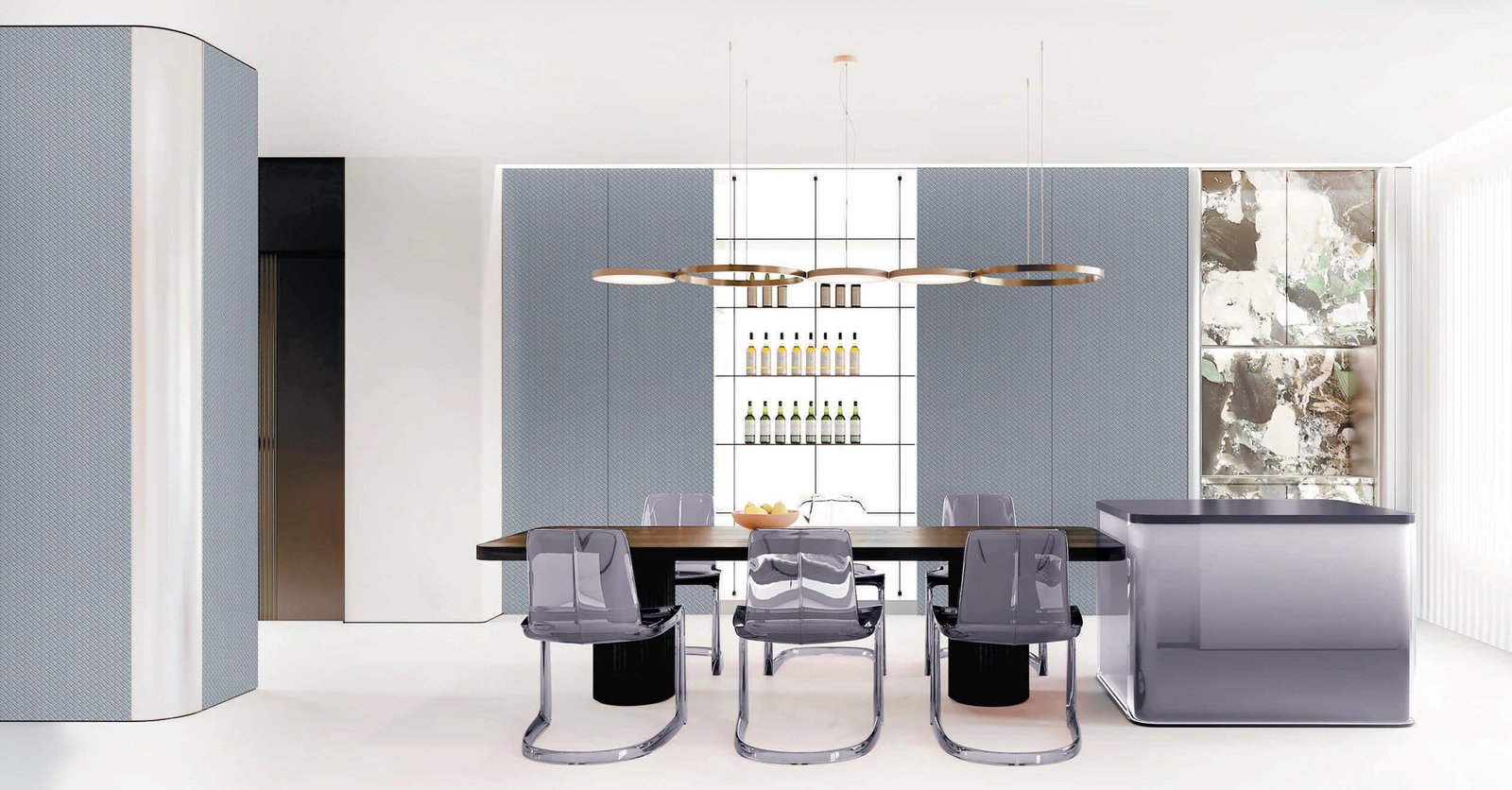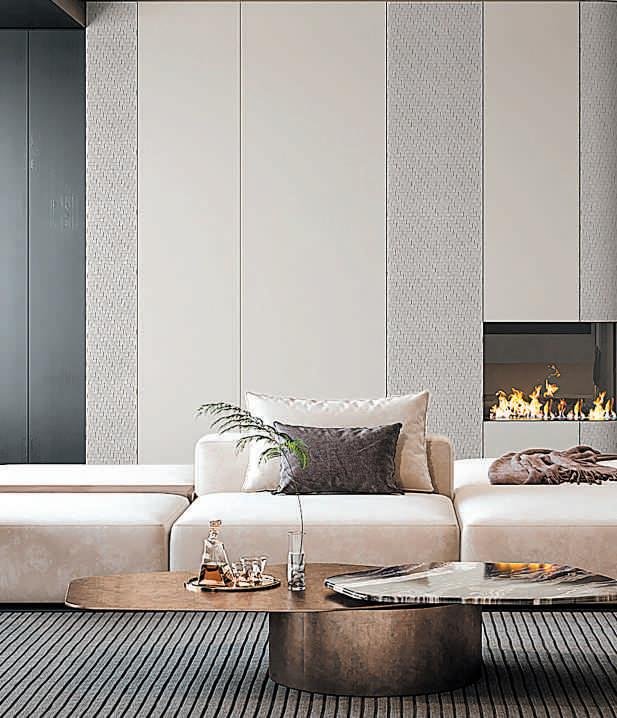When it comes to choosing between faux leather and real leather for your project, the decision might feel like choosing between two equally appealing options at a gourmet restaurant.
Both materials have their own unique benefits, but the best choice really depends on your specific needs, values, and the purpose of your project. ️
The Leather Dilemma: Real vs. Faux
Real leather has long been synonymous with luxury, durability, and timeless style. It’s been the material of choice for everything from high-end furniture to classic car interiors and bespoke fashion pieces. When you think of real leather, you think of that rich aroma, the soft, supple texture, and the way it ages beautifully over time, developing a unique patina that tells a story.
On the other hand, faux leather, also known as synthetic leather, has come a long way from the days when it was dismissed as a poor substitute for the real thing. Today’s faux leather can closely mimic the look and feel of genuine leather, often at a fraction of the cost. Plus, it comes with added benefits that are hard to ignore, especially in our modern, eco-conscious world.
Why Choose Faux Leather?
1. Sustainability
One of the most compelling reasons to choose faux leather is its environmental impact. The production of real leather involves raising livestock, which contributes to greenhouse gas emissions, deforestation, and water usage. The tanning process, too, can involve harmful chemicals. Faux leather, particularly varieties made from PU (polyurethane) or microfiber, offers a more sustainable alternative. It doesn’t involve animal farming and can be produced with less environmental impact, especially when using advanced, eco-friendly methods.
2. Cost-Effectiveness
Let’s face it: real leather is expensive. Whether you’re outfitting a hotel lobby, designing custom furniture for a client, or creating a new fashion line, the cost of materials can quickly add up. Faux leather offers a budget-friendly alternative without sacrificing too much in terms of aesthetics or durability. This makes it an attractive option for projects where cost is a consideration, but style and quality can’t be compromised.
3. Versatility and Innovation
Faux leather comes in a wide variety of colors, textures, and finishes that might be hard to find in natural leather. Need a vibrant red for a trendy sofa, or a metallic finish for a chic handbag? Faux leather’s got you covered. Plus, it can be more easily manipulated during the manufacturing process, allowing for innovations in design that real leather might not accommodate. This opens up a world of possibilities for creative projects where uniqueness is key.
4. Durability and Maintenance ️
Modern faux leathers are engineered to be durable, water-resistant, and easy to clean—qualities that are especially important in high-traffic environments like restaurants, hotels, and offices. Unlike real leather, which can stain and require special care, faux leather is generally low-maintenance. It’s resistant to scratches and fading, making it a practical choice for busy settings where appearance and functionality must go hand in hand.
When Real Leather Shines
1. The Luxury Factor
There’s no denying that real leather has an air of exclusivity and luxury that faux leather, no matter how advanced, can’t fully replicate. When your project demands an unmistakable touch of class—think a high-end executive office or a luxury car interior—real leather is the go-to choice. It’s the kind of material that makes a statement, reflecting quality and craftsmanship.
2. Longevity and Character
Real leather is known for its longevity. A well-crafted leather piece can last for decades, aging gracefully and developing a unique character over time. Each scratch, mark, and crease becomes part of its story, adding to its charm. This makes it ideal for projects where you want the material to tell a tale of time—like a vintage-inspired café or a heritage boutique.
3. The Sensory Experience
There’s something undeniably satisfying about the feel and smell of real leather. The natural grain, the warmth to the touch, and that unmistakable leather scent all contribute to a sensory experience that’s hard to beat. For projects where tactile and olfactory elements are important—like custom furniture or high-end retail spaces—real leather offers an experience that synthetic options just can’t match.
Personal Experience: The Leather Conundrum
I remember working on a boutique hotel project a few years ago where we faced this exact dilemma. The client wanted the space to exude luxury and comfort but also had a tight budget to stick to. We ended up using a combination of both real and faux leather.
For the high-traffic areas like the lobby sofas and restaurant chairs, we opted for a high-quality faux leather. It gave us the rich look we were aiming for while being durable enough to withstand heavy use and easy to clean. For the more intimate, private areas like the executive suites, we chose real leather for the headboards and lounge chairs. The natural leather added that extra touch of luxury that made the rooms feel special and exclusive.
This hybrid approach allowed us to balance budget, durability, and luxury, creating a space that was both stylish and practical. And the best part? The client was thrilled with the outcome, and so were the guests.
Final Thoughts: Which Should You Choose?
So, which is better for your project—faux leather or real leather? The answer isn’t cut-and-dry. It really depends on the nature of your project, your budget, and your priorities.
If sustainability, cost-effectiveness, and versatility are at the top of your list, faux leather is a fantastic choice that won’t disappoint. But if you’re aiming for timeless luxury, longevity, and a sensory experience that only nature can provide, real leather is the way to go.
At the end of the day, both materials have their place in the design world, and often, the best projects make use of both.
So, next time you’re faced with the leather dilemma, consider your options carefully, and don’t be afraid to mix and match. Your perfect solution might just be a blend of the best of both worlds.








